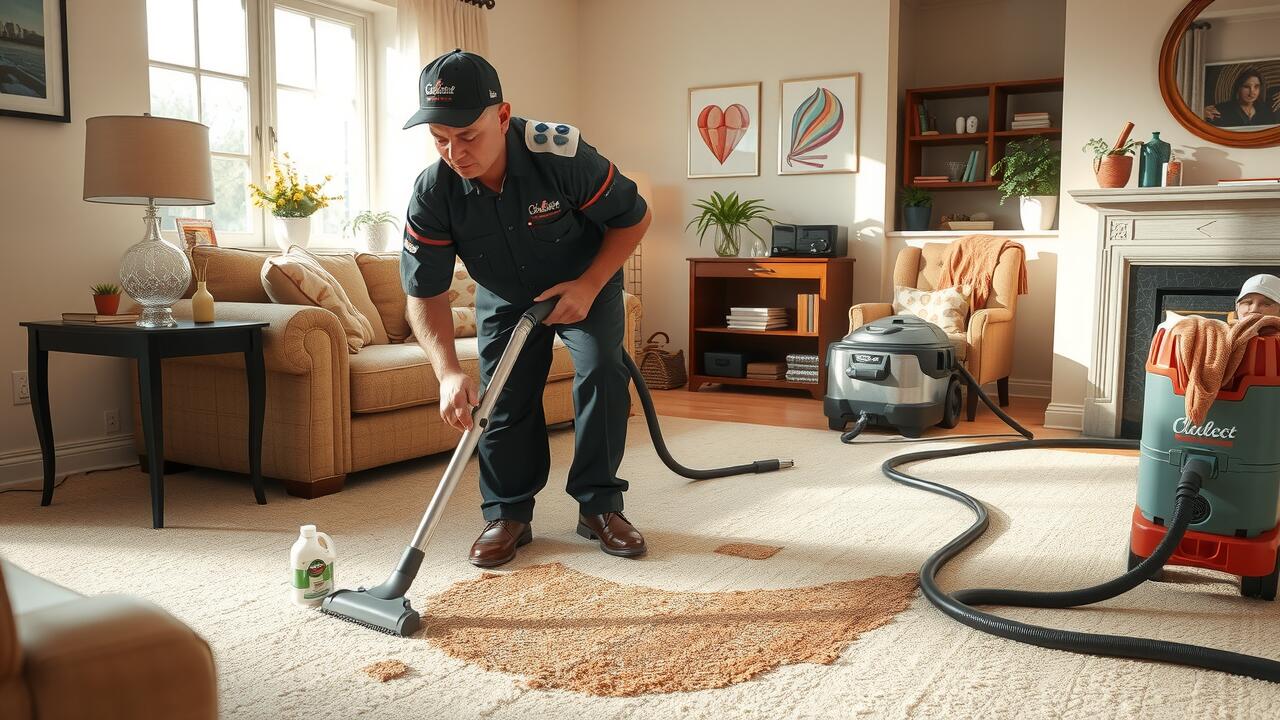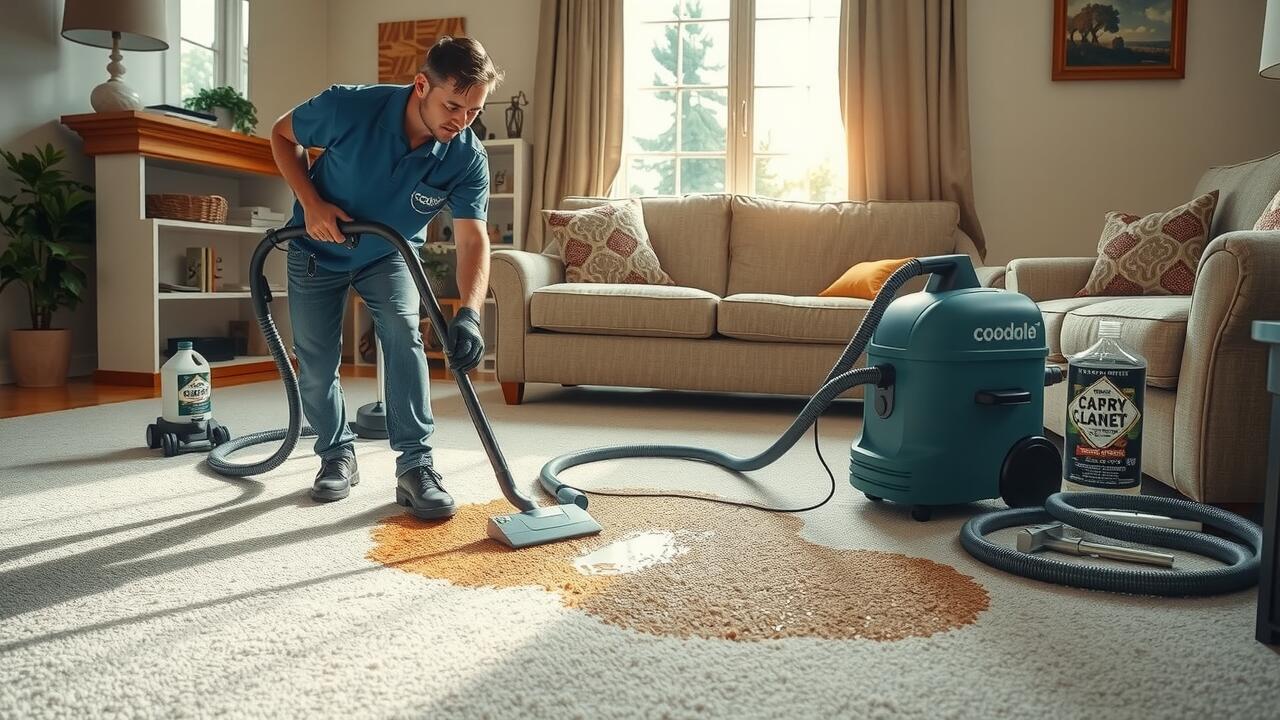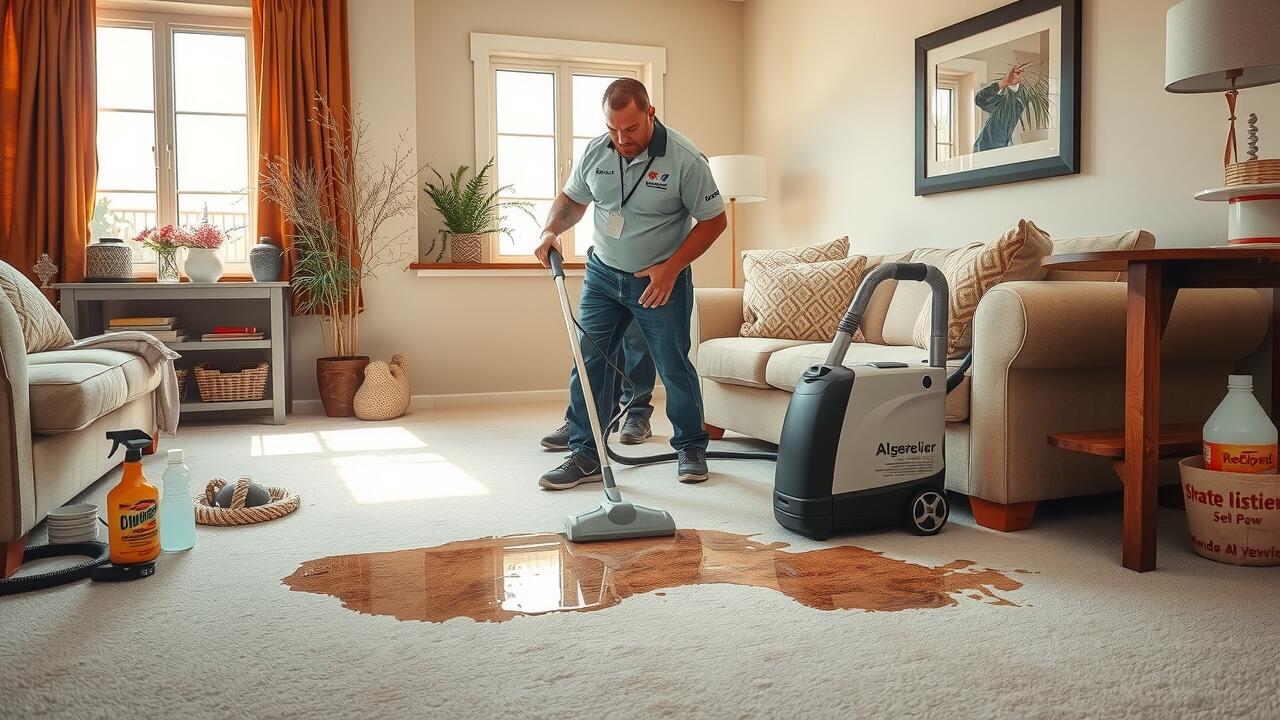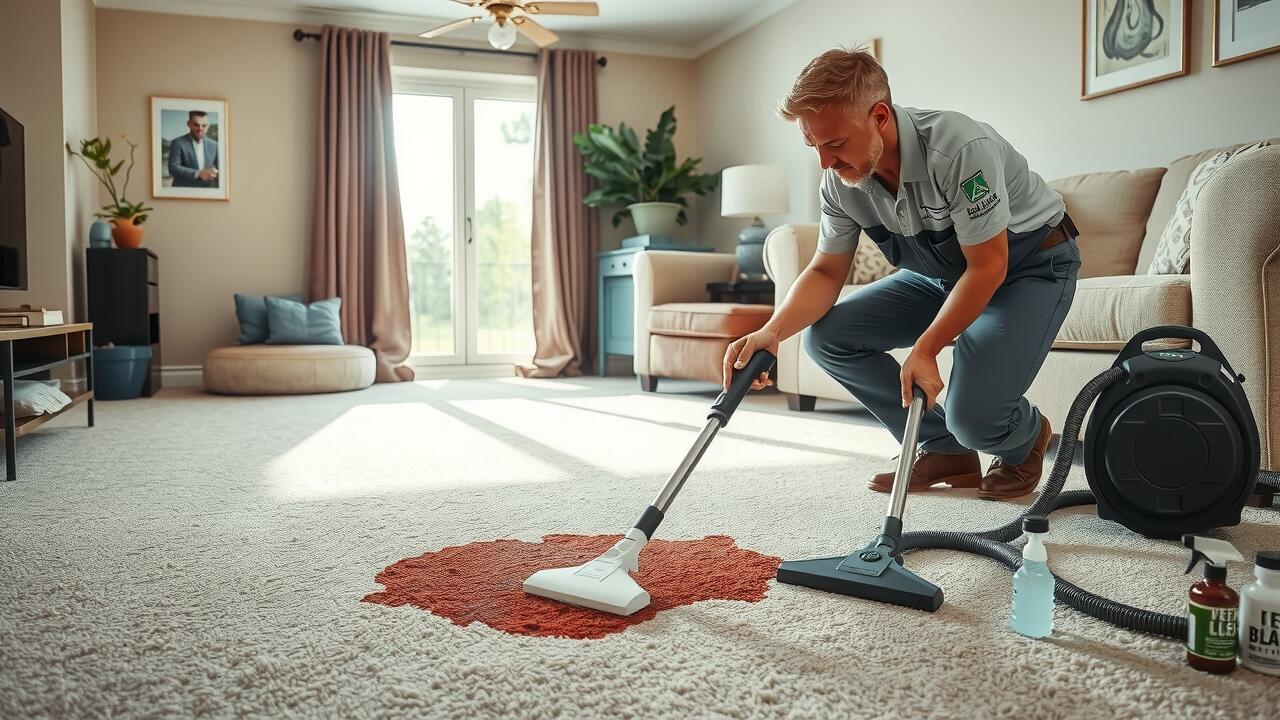At One Stop Carpet Cleaning Houston TX, we understand that carpets can be a magnet for spills and stains, which is why our Carpet Stain Removal service is designed to tackle even the toughest marks. Our skilled technicians use advanced cleaning techniques and eco-friendly products to effectively lift stains from all types of carpets, restoring them to their original beauty. Whether it’s red wine, pet accidents, or everyday dirt, we take pride in our ability to rejuvenate your carpets and enhance the overall appearance of your home. With our commitment to quality and customer satisfaction, you can trust One Stop Carpet Cleaning Houston TX to provide exceptional stain removal solutions that leave your carpets looking fresh and clean.
DIY Stain Removal Tips
Dealing with everyday stains on carpets can be straightforward with the right approach. For fresh spills like coffee or juice, promptly blot the area with a clean cloth or paper towel. Avoid rubbing, as this can spread the stain further into the fibers. For pet-related accidents, a solution of white vinegar and water can help neutralize odors and lift the stain. When addressing stubborn stains like red wine or grease, baking soda can absorb excess moisture, while a mixture of dish soap and water may lift the discoloration effectively.
Understanding different types of stains is crucial when choosing a cleaning method. For ink or hair dye, rubbing alcohol can be a useful solvent, but testing it on an inconspicuous area first is essential to avoid damage. Blood stains can be treated with cold water and a bit of laundry detergent. For more persistent issues, products specifically designed for carpet stain removal, such as those made by brands like Bissell or Woolite, are often effective. Regular vacuuming is also critical in preventing dirt build-up, making stain removal easier in the long run.
Quick Fixes for Everyday Spills
Everyday spills can happen and knowing quick fixes can save your carpet from permanent staining. For liquids like soda or juice, act fast by using paper towels to blot the area. Avoid rubbing which can spread the substance. Instead, apply a mixture of vinegar and water using a clean cloth to lift the stain. For tougher stains like chocolate syrup, a teaspoon of dish soap combined with warm water can help break down the sugar and oils. Rinse the area with clear water and blot again with a dry towel.
Solid substances such as candle wax or chewing gum can be tricky but manageable. Begin by carefully scraping away the excess with a knife, taking care not to damage the fabric. Place a paper towel over the remaining residue and use a warm iron to melt the wax. Once it absorbs into the towel, you can lift it away. For soil tracked in from shoes, let it dry and then vacuum it up before employing a damp cloth with a drop of mild detergent to treat any remaining stains. Always remember to test any cleaning solution on an inconspicuous area first.
Understanding Different Carpet Materials
Carpets come in a variety of materials, each with unique attributes that affect their maintenance and stain removal needs. Synthetic fibers like nylon and polyester are durable and resist fading, making them popular choices for high-traffic areas. Natural fibers such as wool offer a luxurious feel but require more careful cleaning to avoid damage. Understanding the specific characteristics of each carpet type is essential to selecting the right cleaning method and products.
Some materials are more susceptible to staining than others. For example, wool can absorb liquid quickly, leading to permanent discoloration if not addressed promptly. Synthetic options like olefin are generally more resistant but may harbor bacteria and grime over time. Proper care involves not only the immediate treatment of spills but also regular maintenance to ensure cleanliness and prolong the life of the carpeting.
Best Practices for Each Type
When dealing with natural fiber carpets, such as wool or cotton, it is essential to use gentle cleaning products that respect their delicate structure. Avoid harsh chemicals, as they can damage the fibers and alter the dyes. For everyday stains, opt for a solution of liquid dish soap mixed with water. Blot the stain gently with a clean cloth instead of rubbing it in, which may lead to further damage or discoloration. It is critical to rinse the area thoroughly with clean water to prevent any soap residue from attracting dirt.
Synthetic materials, including nylon and olefin fibers, offer more durability against food and liquid spills. However, these fabrics can still be affected by certain substances. A combination of an all-purpose cleaner and water often works effectively for removing stains. If confronted with tough stains like red wine or juice, applying a mixture of isopropyl alcohol and water can break down organic compounds. Proper ventilation is necessary when using any cleaning agents, as many products can release fumes that are harmful when inhaled. Always conduct a spot test in an inconspicuous area to ensure compatibility with the material before full application.
Preventing Future Stains
Regular maintenance and preventive measures can significantly reduce the likelihood of stains becoming permanent. Using machine washable area rugs allows for quick cleanups without the hassle of professional cleaning services. Placing doormats at entryways helps catch dirt and debris before they reach your carpets. It’s also beneficial to encourage family and guests to be mindful about where they eat and drink, particularly with beverages that are prone to staining, such as grape juice or coffee.
In addition to taking precautionary steps, utilizing protective products can make a substantial difference. Applying an enzymatic cleaner can help break down potential stains before they set in. For upholstered fabrics, consider using a protective spray, which can create a barrier against spills. Having a microfiber cloth and paper towels on hand makes it easy to tackle accidents swiftly, while keeping rubber gloves nearby ensures that hands stay clean during the process. By combining these strategies, you foster an environment less susceptible to stubborn stains.
Protective Measures and Products
Maintaining the integrity of your carpet begins with understanding the importance of protective measures. Before applying any treatment, check the color fastness of your carpet by testing a small, inconspicuous area. This will help to gauge how the fibers react to various cleaners. Opt for biodegradable and unscented products when tackling everyday stains, as these are less likely to cause chemical reactions that might damage your carpet or impact indoor air quality. Having a reliable vacuum cleaner equipped with HEPA filters can also minimize the accumulation of dust, soils, and allergens, keeping your home environment healthy.
Utilizing specialized protective sprays can significantly enhance your carpet’s resistance to future stains. These products form a barrier against spills, making cleanup easier and more effective. When addressing particular material types, such as brocade or plush carpets, ensure that you use cleaners specifically designed for those fabrics to avoid wear. Additionally, stock up on essential items like soft sponges, enzyme cleaners, and absorbent cloths. Regular maintenance, combined with the right cleaning techniques and products, can prolong the life of your carpet and maintain its appearance in your home décor.
FAQS
What are some common household items I can use for DIY carpet stain removal?
Common household items for DIY stain removal include white vinegar, baking soda, dish soap, and hydrogen peroxide. These can effectively tackle various stains when used correctly.
How can I quickly remove a fresh spill from my carpet?
For a fresh spill, immediately blot the area with a clean cloth to absorb excess liquid. Avoid rubbing, as this can spread the stain. Then, apply a mixture of water and mild dish soap, blot again, and rinse with clean water.
Are there specific cleaning methods for different types of carpet materials?
Yes, different carpet materials may require specific cleaning methods. For example, synthetic carpets often handle water-based cleaners well, while wool carpets may do better with specialized wool carpet cleaners to avoid damage.
What preventative measures can I take to protect my carpet from stains?
To prevent stains, consider applying a carpet protector spray, using rugs or mats in high-traffic areas, and promptly cleaning up spills. Regular vacuuming can also help maintain your carpet’s appearance and longevity.
How often should I clean my carpets to prevent stains and maintain hygiene?
It is recommended to deep clean your carpets every 6 to 12 months, depending on foot traffic and exposure to spills. Regular vacuuming and spot cleaning should be done weekly to maintain cleanliness and prevent stains.



